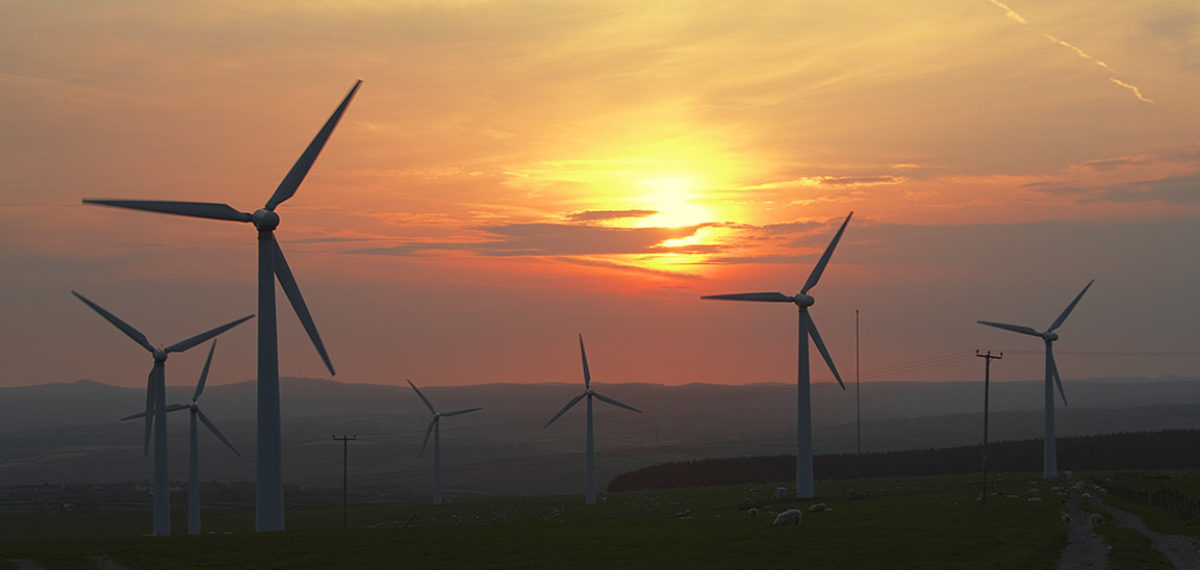by David Toke
EDF are trying to bamboozle ministers to back a scheme that would pay EDF massive subsidies and premium prices to produce hydrogen that renewable energy would generate for less than half the cost. EDF are scrabbling for PR tricks to obscure the fact that they are asking for a blank cheque from British electricity consumers to fund the proposed Sizewell C plant, on top of which EDF will also be paid a high guaranteed premium price for all of their electricity production. Sizewell C will get massive subsidies to generate hydrogen from electricity while renewable energy schemes will be paid no subsidies at all to do the same.
As reported by Emily Gosden, the aim is to avoid the criticism that nuclear power is inflexible and cannot balance renewable energy since nuclear power stations need to be kept running all the time if at all possible. Under the ‘baseload’ contracts that nuclear power is given under the Government’s system of ‘contracts for difference’ nuclear generators get paid the same premium price for electricity production whatever the market price of electricity is (see our report on this).
So the idea floated by EDF is that somehow, at times of excess electricity demand, the grid operators will tell EDF to stop putting power onto the grid and then Sizewell C will instead produce hydrogen. This can then be sold onto hydrogen markets – earning more money for EDF into the bargain.
What EDF won’t be emphasizing is that they’ll still insist on being paid premium prices for their electricity production from Sizewell C even when it is not being supplied to the grid. This is despite the fact that the same amount of hydrogen production would be much more cheaply sourced from renewable energy.
There are already schemes being set up to generate hydrogen from wind power in the UK. These will be done for no extra cost to the consumer since the renewable energy schemes coming on line in the future require no subsidies. Indeed as far as the consumer is concerned the windfarms will be paid much less than half the cost of power from Hinkley C.
EDF are very unlikely to generate hydrogen from Sizewell C if they don’t get the full premium price for the electricity they are not sending to the grid. That is because the hydrogen produced would be worth a great deal less than the premium price they will get for their electricity.
In fact what will be the very expensively subsidised hydrogen from Sizewell C will then take hydrogen markets away from renewable energy, despite the fact that the renewable hydrogen is much cheaper than the H2 from Sizewell C.
Indeed as we get more and more renewable energy so the times when there is excess renewable energy production that can be turned into hydrogen and storable derivatives like ammonia will increase.
So we have a choice: hydrogen from Sizewell C that requires massive subsidies and high electricity prices or hydrogen from windfarms that doesn’t cost the consumer a penny.
Not much of choice really, you might think!

“…So we have a choice: hydrogen from Sizewell C that requires massive subsidies and high electricity prices or hydrogen from windfarms that doesn’t cost the consumer a penny…”
The National Grid’s FES 2020 has a 480 TWh per year proposal to use green hydrogen for decarbonising heat and transport.
The Wind And Solar Plants (WASPs) ‘answer’, will cost: “…£13.21 billion every year, from 2020 onward, Forever & Ever & Ever!..”
With Rolls-Royce Nuclear Power Plants (NPPs), starting in 2030, it will cost: “…£284.4 billion. Over 20 years, that equates to £12.42 billion per year…” but then there will be a 50 years hiatus, before any further investment is needed (equivalent to £4.06 billion per year).
Search for: fes 2020 will cost £13.21 billion every year
And then there’s the environmental impact. Even that of onshore wind (the most cost-effective of WASPs) is horrendous.
Search for: 480 twh per year from wasps
It’s simple really! New solar farms, onshore wind and offshore wind will not require any net subsidy from the energy consumer since their power costs no more than the average wholesale price for electricity. Meanwhile Hinkley C nuclear power plant costs roughly double the wholesale power price, the difference being met by the electricity consumer, for 35 years. Much the same will be the case for Sizewell C. Hence the simple conclusion: if only the Government contracts for plenty more renewable schemes providing electricity and hydrogen will save loads of money for the consumer compared to building new nuclear power plant.
Is the environmental impact of 480 TWh from WASPs of concern to you? You are knocking on a bit, so you’re probably not over-concerned about the 1,000,000 tonnes of GRP from onshore wind farms stuck in landfill sites by 2073. But maybe the younger members of your extended family might, by then, not be thinking too highly of your endeavours.
I’ll be posting about the environmental impacts of offshore wind farms (lots more GRP to worry about from them) and the mountains of utility scale solar pv panels, required for the 480 TWh scenario, that will also be heading for landfill.
well at least we don’t have to deal with radioactively contaminated ex-nuclear sites which are very difficult to deal with